
Summary of approach/tool
Padlet is a website and app that allows you to curate information onto virtual bulletin boards using a simple drag-and-drop system. You can share your Padlet boards with specific individuals, allowing them to contribute and then view their contributions in real time. Contributions can include a wide range of media such as images and videos or documents that have been uploaded, as well as text.
Member of staff: Julie Raby
School: Humanities, Religion and Philosophy
Padlet is an online noticeboard and planning tool. I was introduced to Padlet by TEL Manager Phil Vincent when I was teaching a PCAP session. As soon as I saw the possibilities, I was keen to try it out. What I really liked when Phil demonstrated Padlet’s potential to the PCAP group, was that it was so easy to share links to the boards and for students to use their phones and laptops to access the boards. If students don’t have a device or laptop with them, they can use the classroom computer in order to take part in Padlet activities.
Basically, the most obvious use of Padlet in the classroom was to enable students to respond to a question. Padlet became my new Post It Notes, my new Textwall, and my new Twitter hashtag conversation.
I have used variations of the Padlet noticeboard feature. I’ve created an online noticeboard for a module, and I devised activities so that students could collaborate to create resources for future reference. Since the demise of Storify, I’ve used Padlet to capture photos of student trips and other resources such as reviews and articles. Screenshots included.
A real positive was that the Boards can easily be embedded in Moodle and shared via Email.
I soon realised that as well as being a very useful tool to support and set up learning activities and information gathering, Padlet is also a really useful tool to design learning for sessions (Workshops and Seminars) and designing learning across the whole module.
My approach to learning and teaching is basically a constructivist approach, and I tend to use a similar template for all sessions. If I have a two-hour session, I tend to think of the session as being in four parts. The session might start with a group discussion around some text, and then move on to look at critical approaches and the final part of the session will be an activity which encourages discussion and debate which is student led. However, the session can be framed by a prior lecture and almost always there are preparatory materials on Moodle which are the information giving elements. Padlet helps me in the planning of sessions so everything I do builds on previous activities and sessions.
In my programme, the lecture is a common feature of the programme learning and teaching strategy. Nevertheless, I am interested in moving away from the lecture as a prominent focus in my own learning and teaching strategy and I am working towards breaking down the tutor input into shorter segments than a full hour knowledge spurt. I worry lectures are more about me showing I’m an expert in my subject. Are students learning? The most important thing is that students are activity engaged in learning through reading, discussion and activities which support their creativity and develop their analytical and critical skills. The challenge here is that as students become accustomed to lectures, they can become anxious if the lecture/seminar model is disrupted. I feel that I need to be good at signposting and making sure there is a clear structure to the session and involve students in discussions about how they learn and what activities support their learning. This is why Padlet supports the design and the mid module feedback becomes an important moment in this dialogue and design.
My starting point in planning is of course, the Learning Outcomes, but also identifying themes and curating what students will need to access each week to prepare for sessions. Preparation materials include secondary reading and I include a note explaining how the reading will fit into the session, and why I’ve asked students to read the article. In line with school policy I upload lecture slides 48 hours before the sessions, but these are often the non spoiler version of the slides. In planning, the knowledge delivery is often through Moodle prior to the session, and Padlet helps me in setting this up and making clear links in the activities I devise. I can see the links between knowledge delivery and activity on Padlet Boards more clearly than I can on Moodle which can become too cluttered with other things. I like to plan all sessions in the context of the module as a whole. In the past, I have used Trello to map out the whole module, but I found Trello too clunky. Padlet gives me the flexibility to use different templates, such as a wall, conversation and flowchart to plan and change things around.
The downside of using Padlet is the cost, because the free version limits the amount of Boards that you can have active at one time. I bought a premium subscription myself.
The uncluttered layout and overall aesthetic of Padlet makes it very attractive tool to work with in such a variety of ways. Padlet has become my mapping tool and an essential part of my pedagogic planning and design process.
Julie Raby, Senior Lecturer and SFHEA. @julie_raby j.raby@yorksj.ac.uk
If you would like to use Padlet in your teaching you may also be interested to read about how Ian Wilson, Senior Lecturer in Primary Education uses Padlet in his teaching – something he discusses on his website.
If you need any support getting set up with Padlet, please contact the TEL team and we would be happy to help.
Useful Resource
Renard, L. (2017) 30 ways to use Padlet in teaching. Available at: https://www.bookwidgets.com/blog/2017/08/30-creative-ways-to-use-padlet-for-teachers-and-students
1 responses on "Case Study: Padlet as a Tool to Design Learning"
Leave a Message
You must be logged in to post a comment.



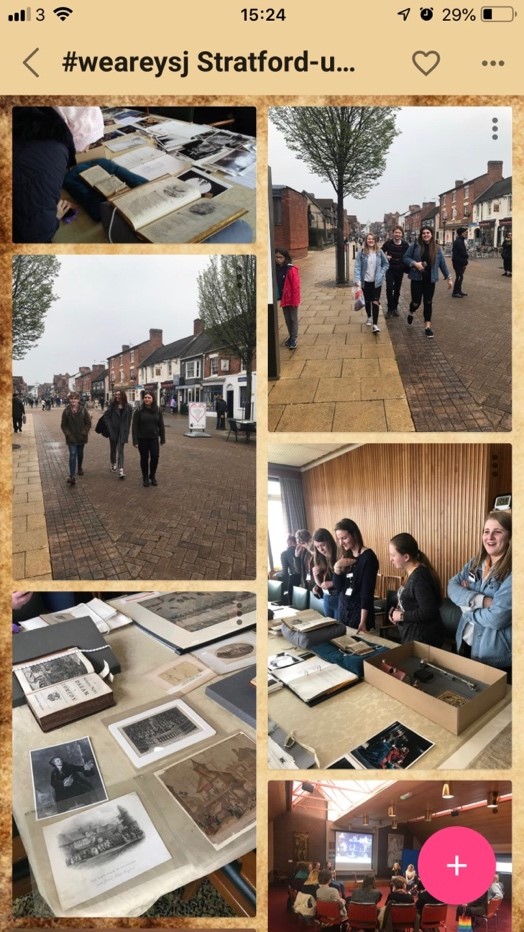
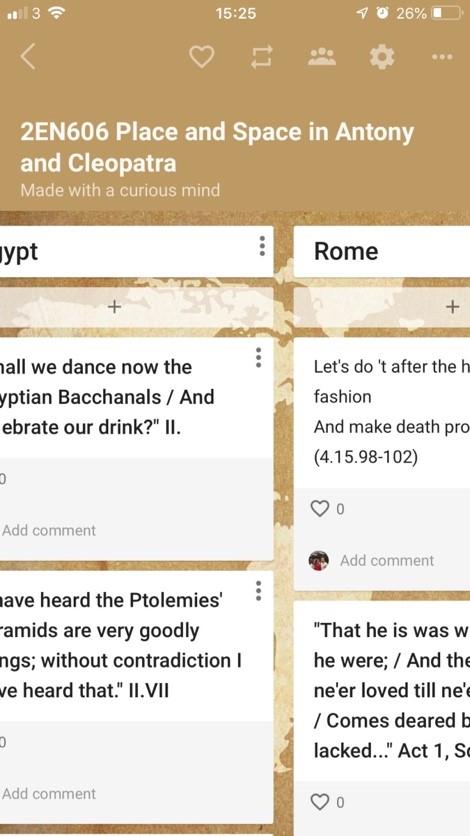
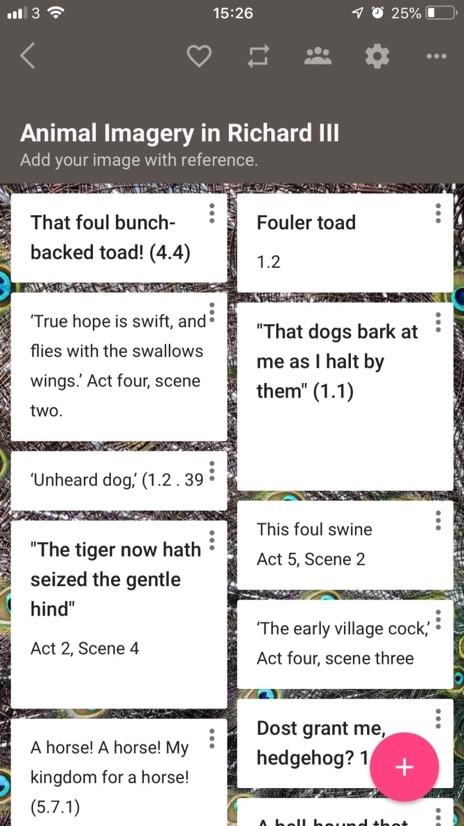
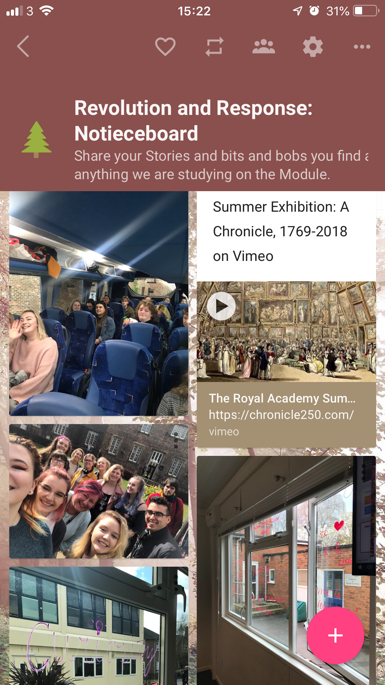
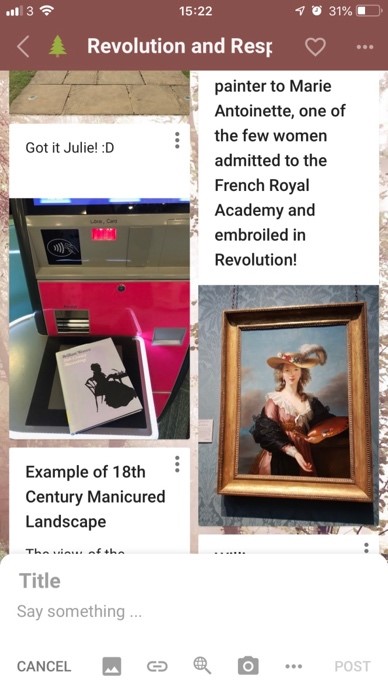
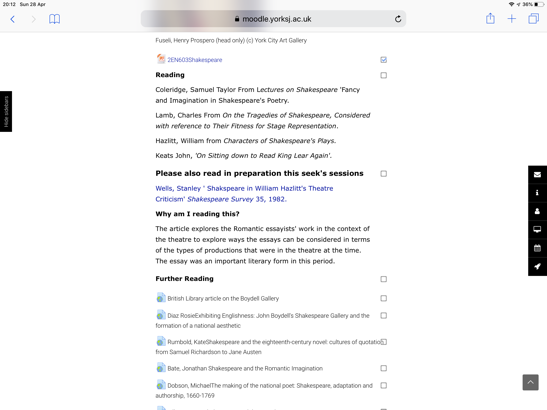
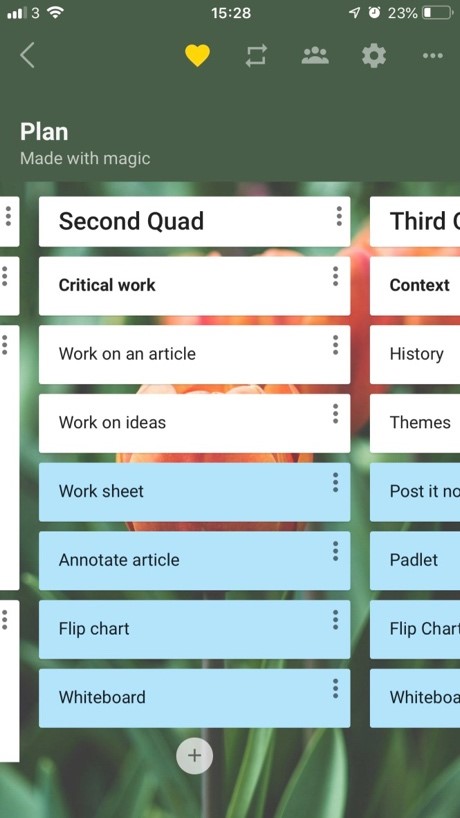
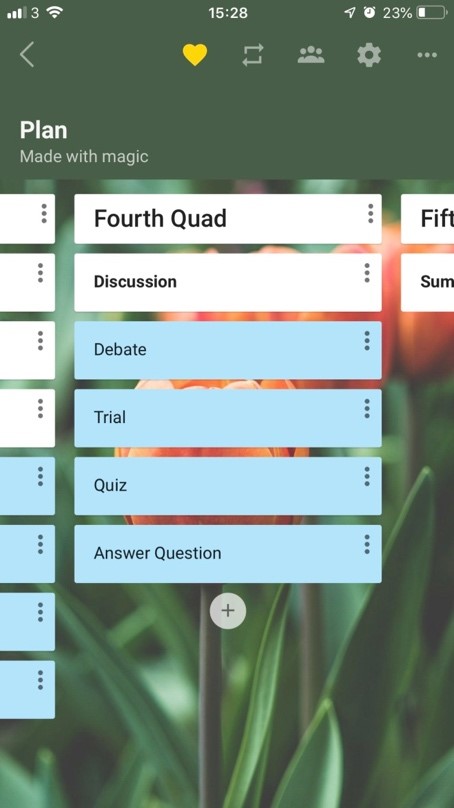

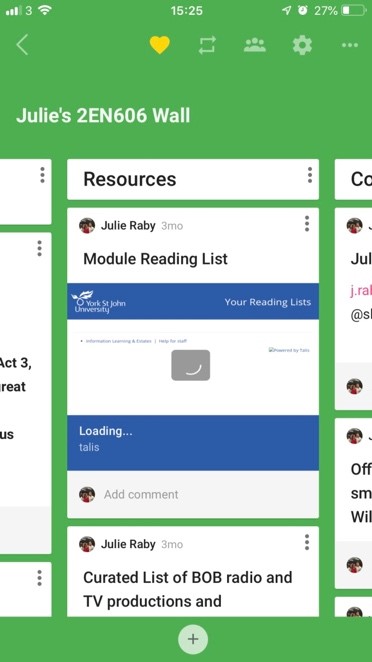
Thanks for this Julie – I’ll be referring to your useful case study posting in a presentation I’m making later this month on Padlet at our Awayday looking at Innovation in Practice here at SOAS.